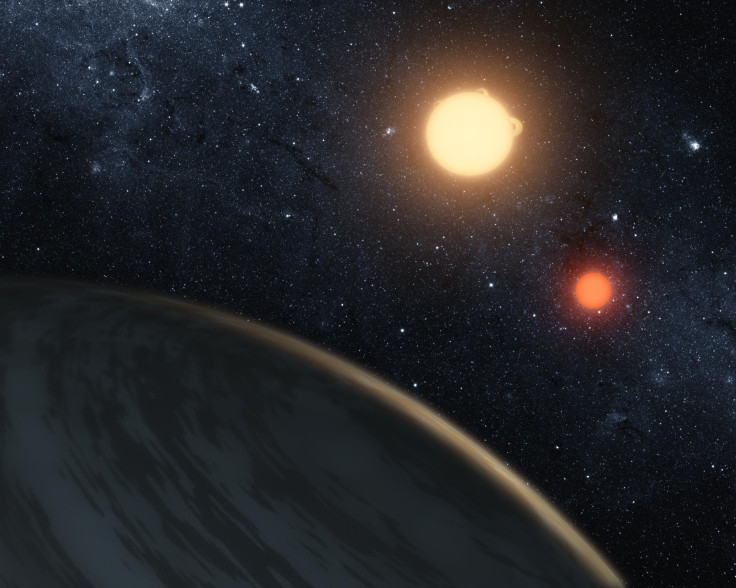What Makes A Planet A Planet? NASA Press Conference Set To Unveil Discovery Beyond Solar System

NASA was set to unveil a major discovery Wednesday in a press conference. The conference, scheduled for 1 p.m. EST, was expected to deal with planets outside our solar system, better known as exoplanets.
The reveal of a possible new planetary discovery begs the question— what makes a planet a planet? There’s still some debate about the subject.
In 2006, the same year that Pluto was demoted from planet to dwarf planet, NASA came up with three defining characteristics that need to be present in a celestial object in order for it to properly count as a planet.
The object must orbit around the sun. The object must be big enough that gravity forces it into a spherical shape. The object must be big enough that its gravity clears away any smaller or similar sized objects near its orbit.
An exoplanet, what NASA planned to discuss in the press conference, is one that meets those characteristics but orbits a sun other than our own.

Despite those seemingly cut and dry qualifications, debate still persists among scientists about what should qualify as a planet. Since its demotion, some scientists have argued Pluto should go back to being considered a planet instead of a dwarf planet. More recently, the moon has been added to the debate.
Alan Stern, principal investigator of NASA’s New Horizon’s mission to Pluto, submitted a proposal to the International Astronomical Union for a revamped definition of what constitutes a planet.
“In keeping with both sound scientific classification and peoples’ intuition, we propose a geophysically-based definition of ‘planet’ that importantly emphasizes a body’s intrinsic physical properties over its extrinsic orbital properties,” wrote Stern. The new definition should be a “sub-stellar mass body that has never undergone nuclear fusion and has sufficient self-gravitation to assume a spheroidal shape adequately described by a triaxial ellipsoid regardless of its orbital parameters.”
Should Stern’s definition be accepted, Pluto, our moon and many other moons in the solar system, could be added to the official list of planets.
© Copyright IBTimes 2024. All rights reserved.












